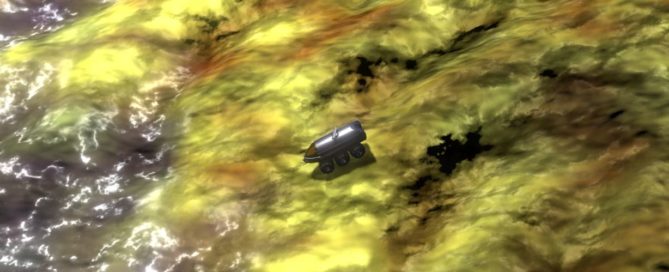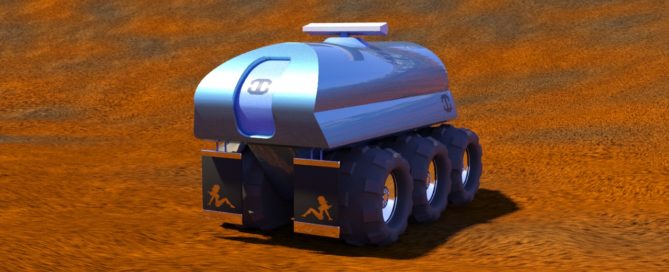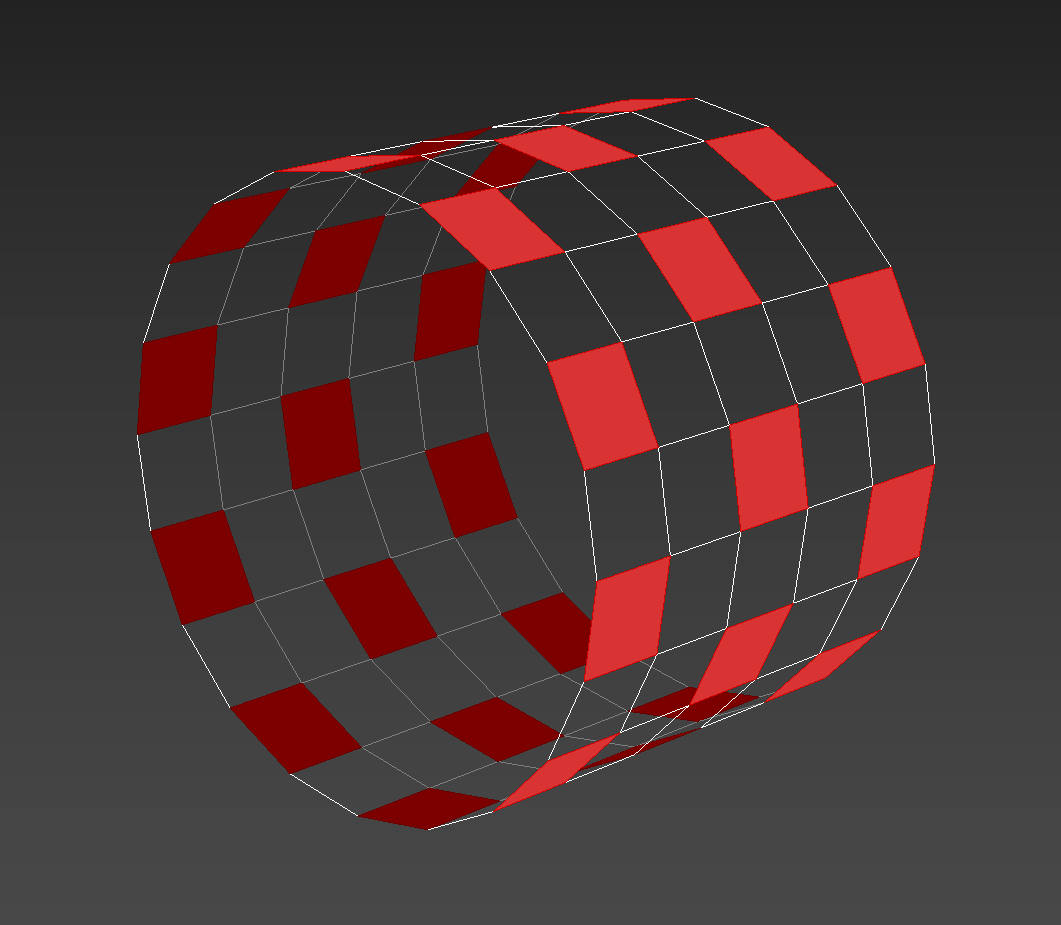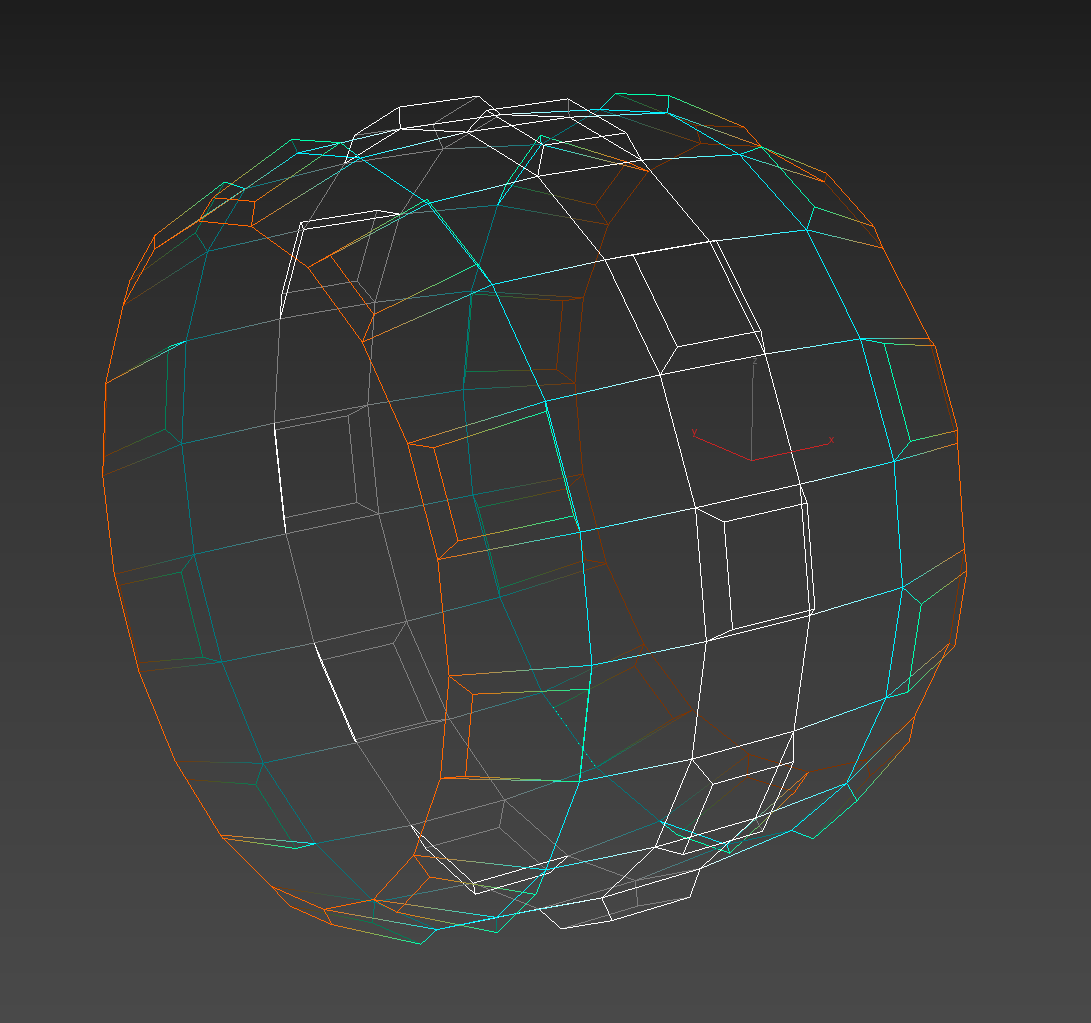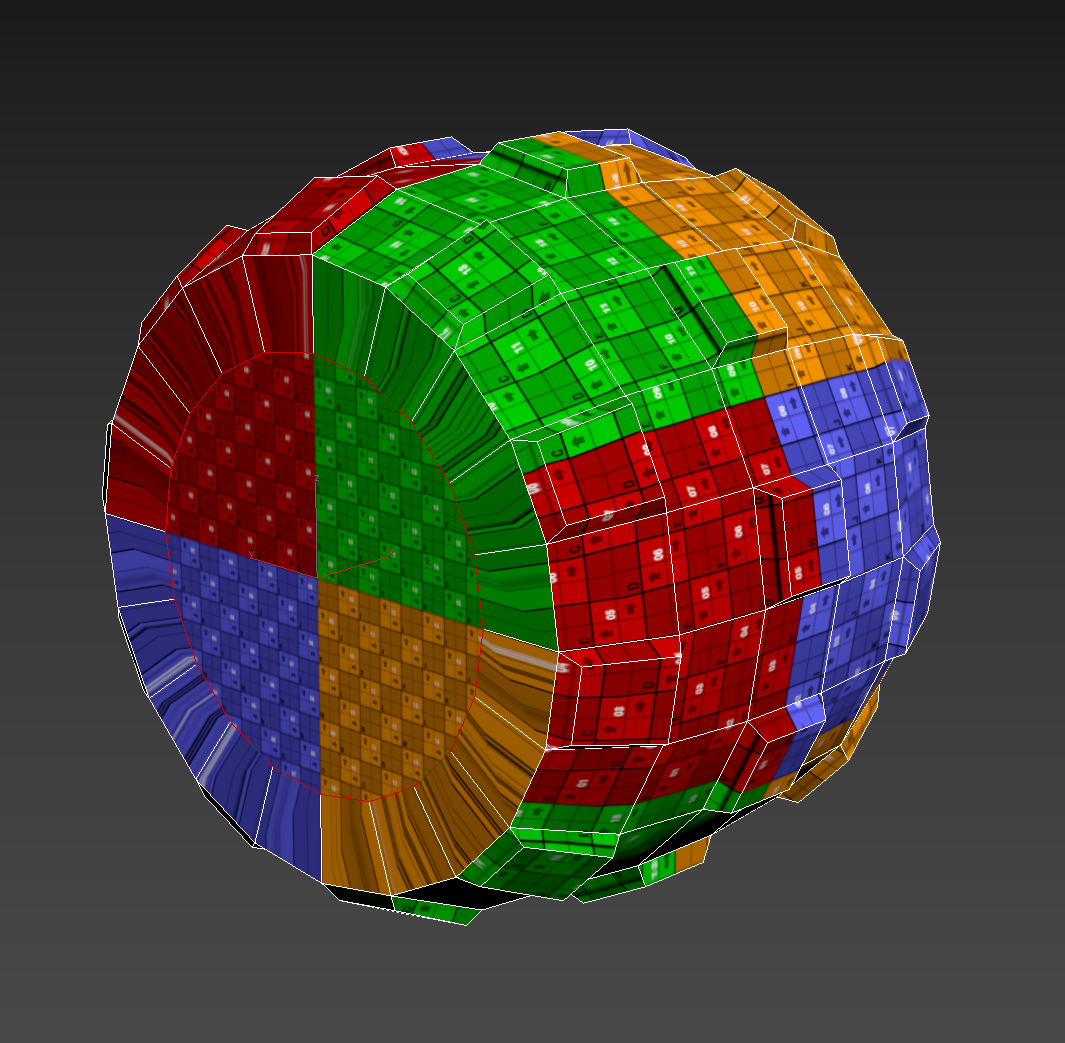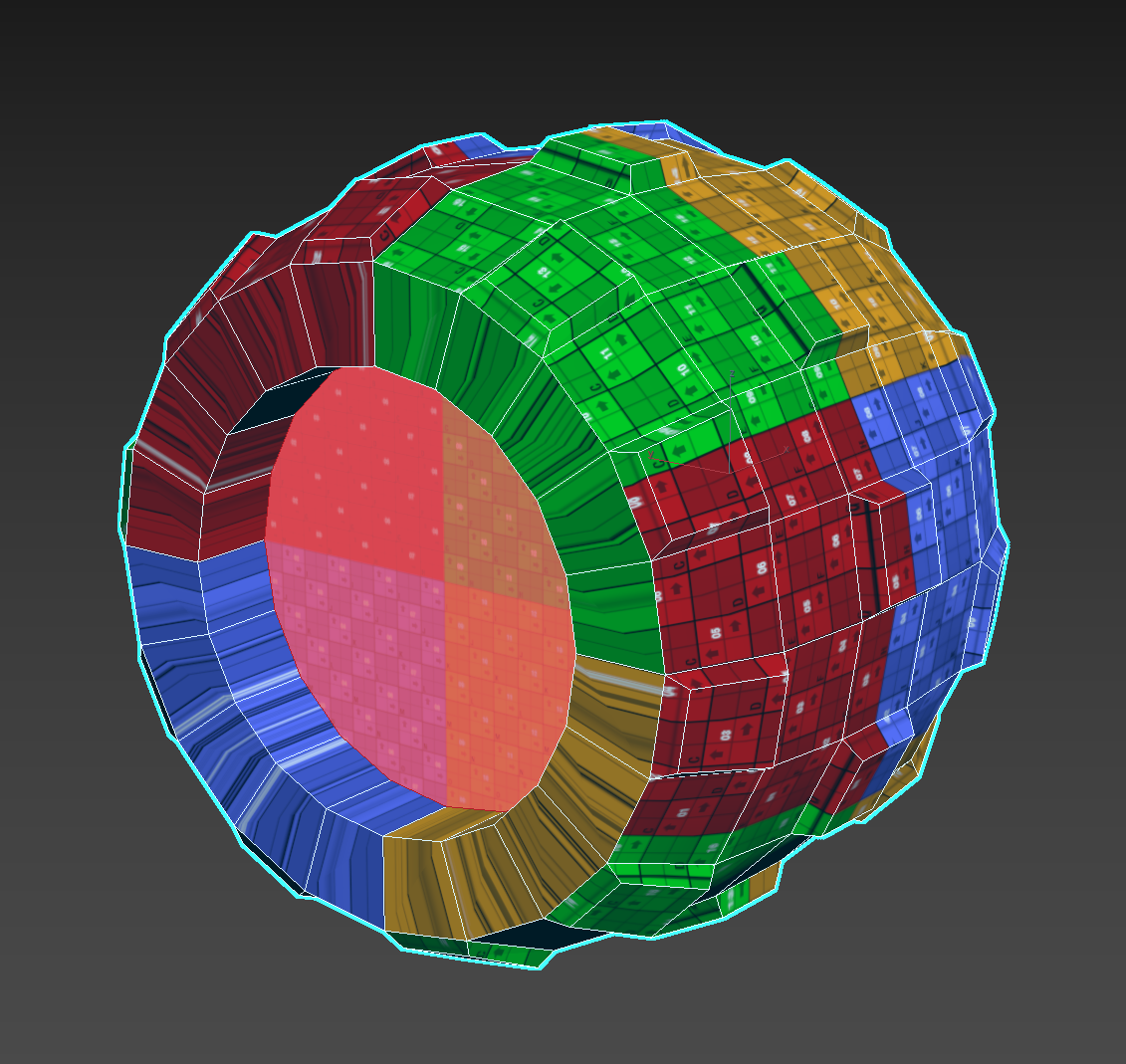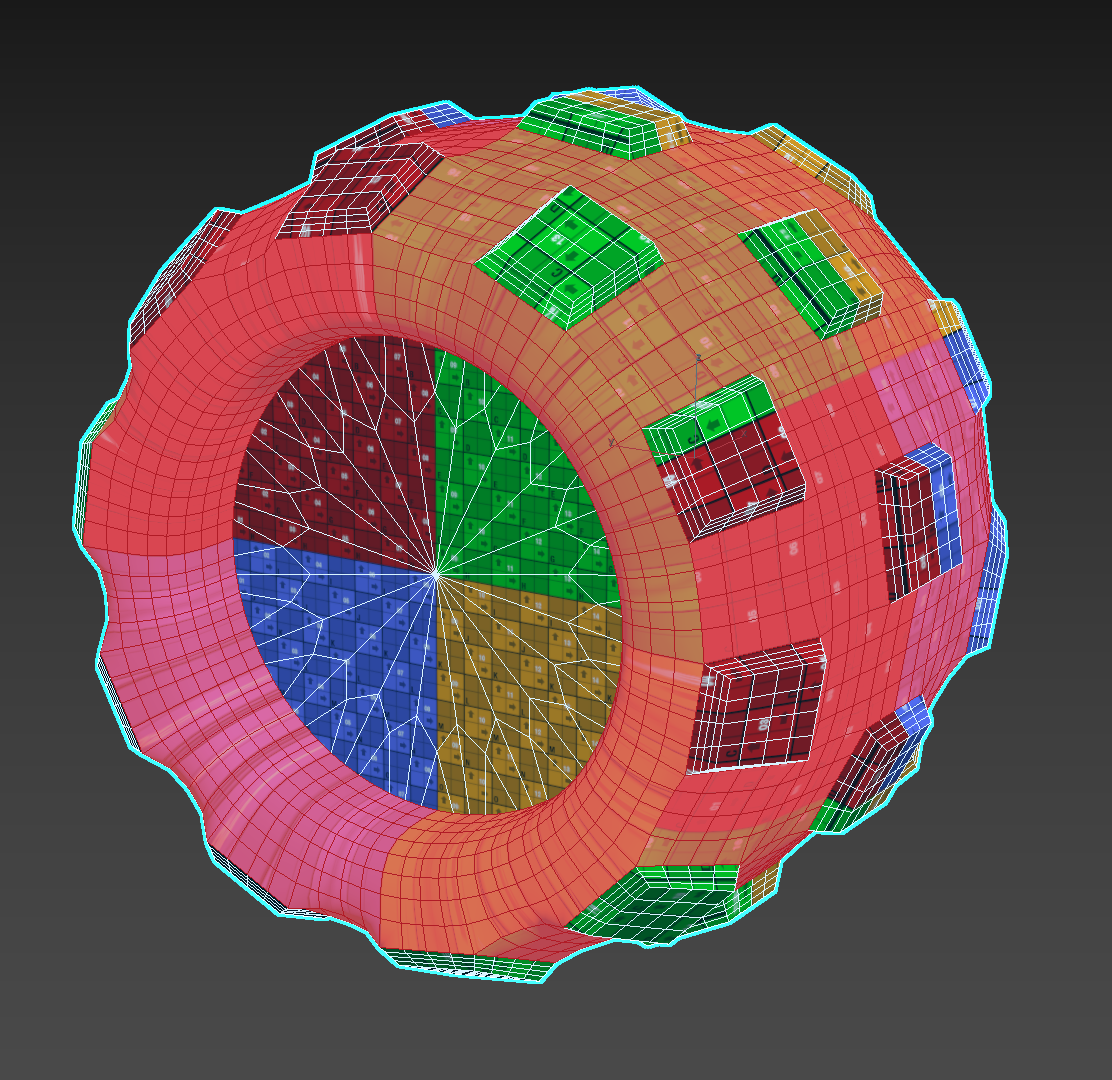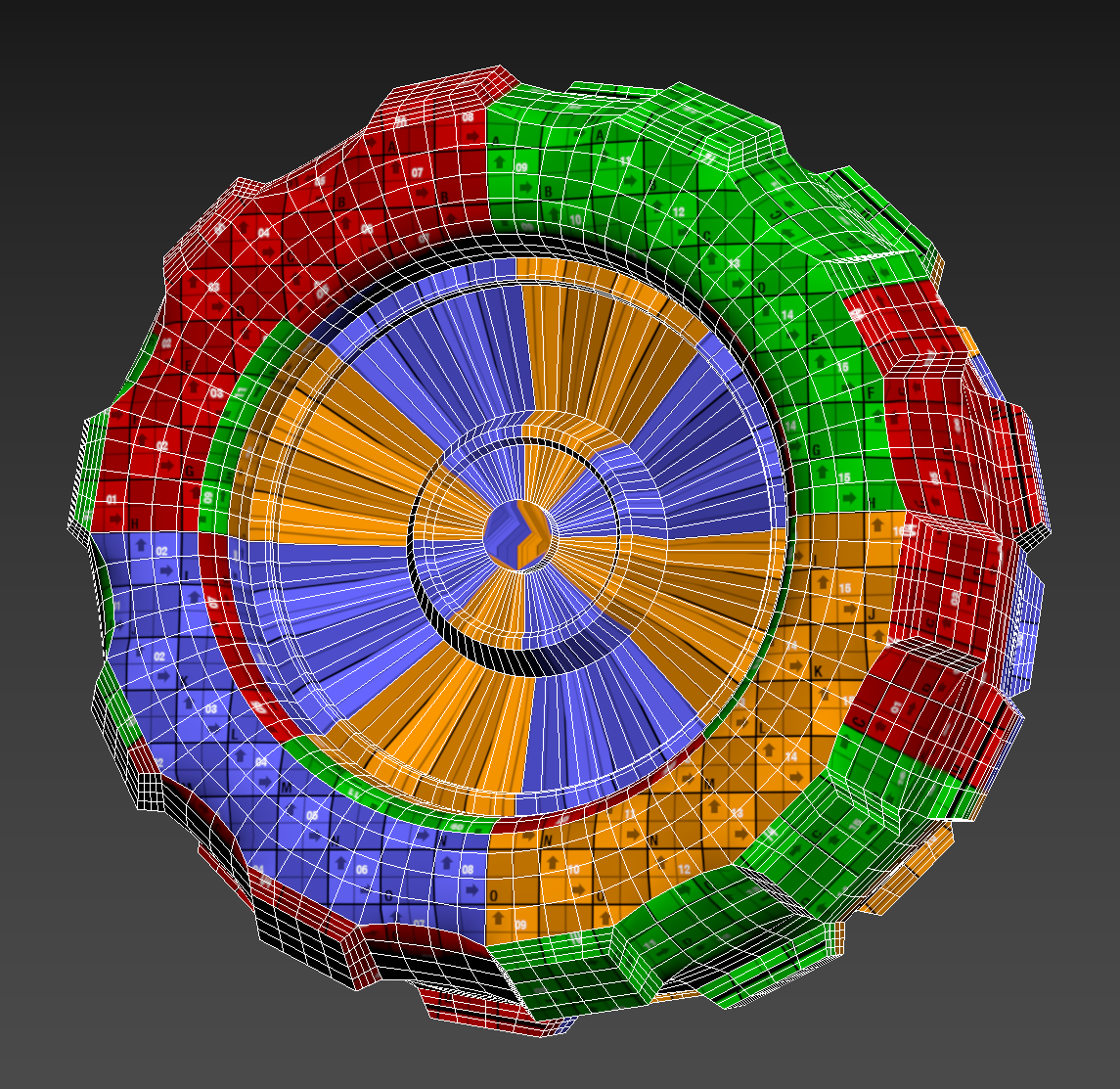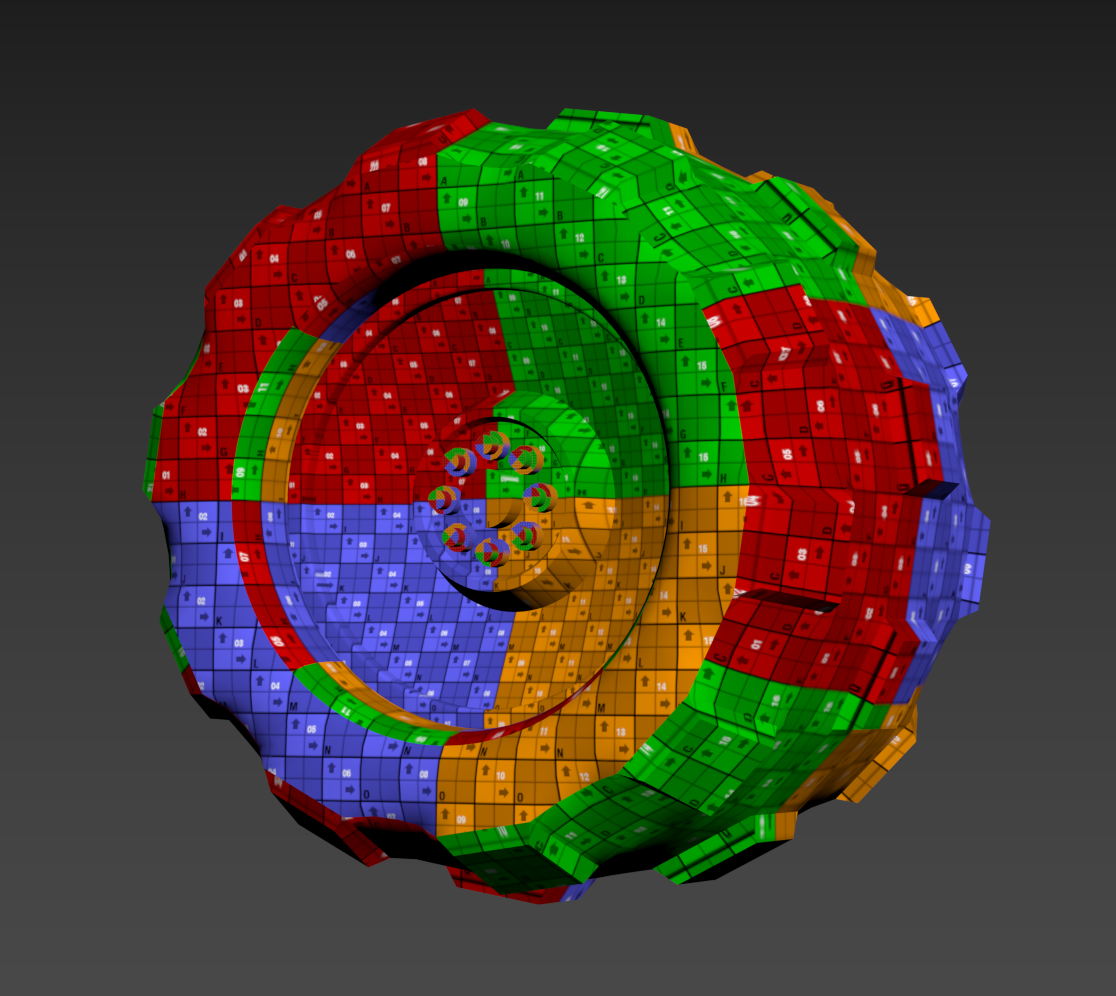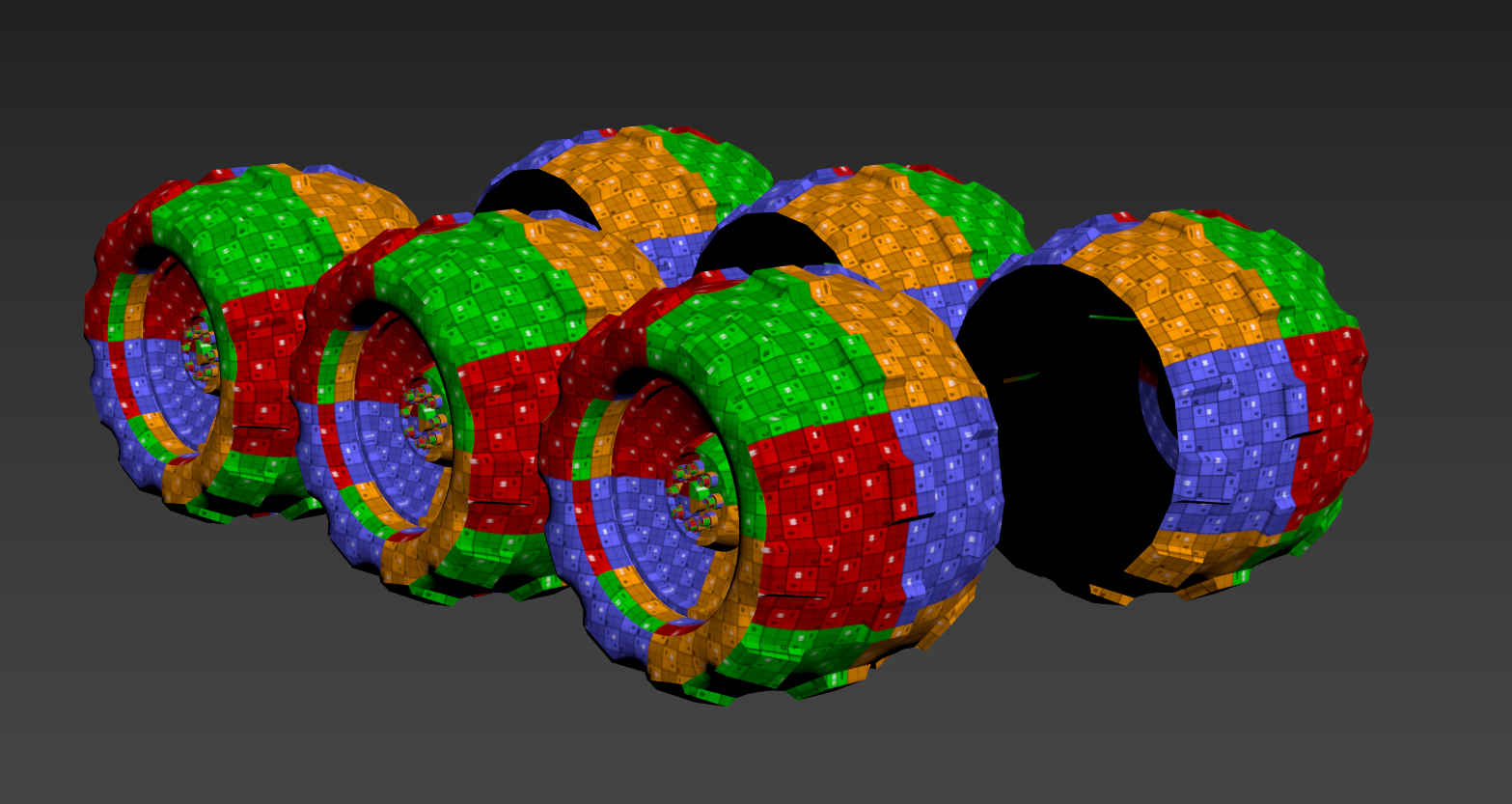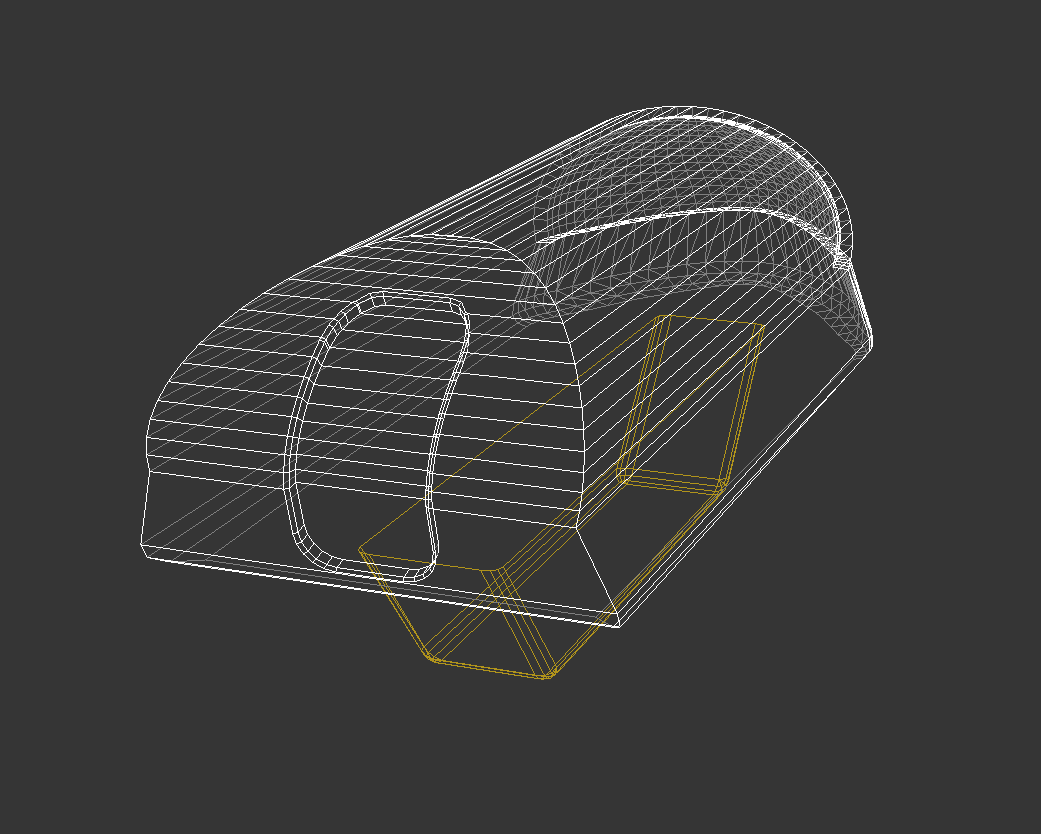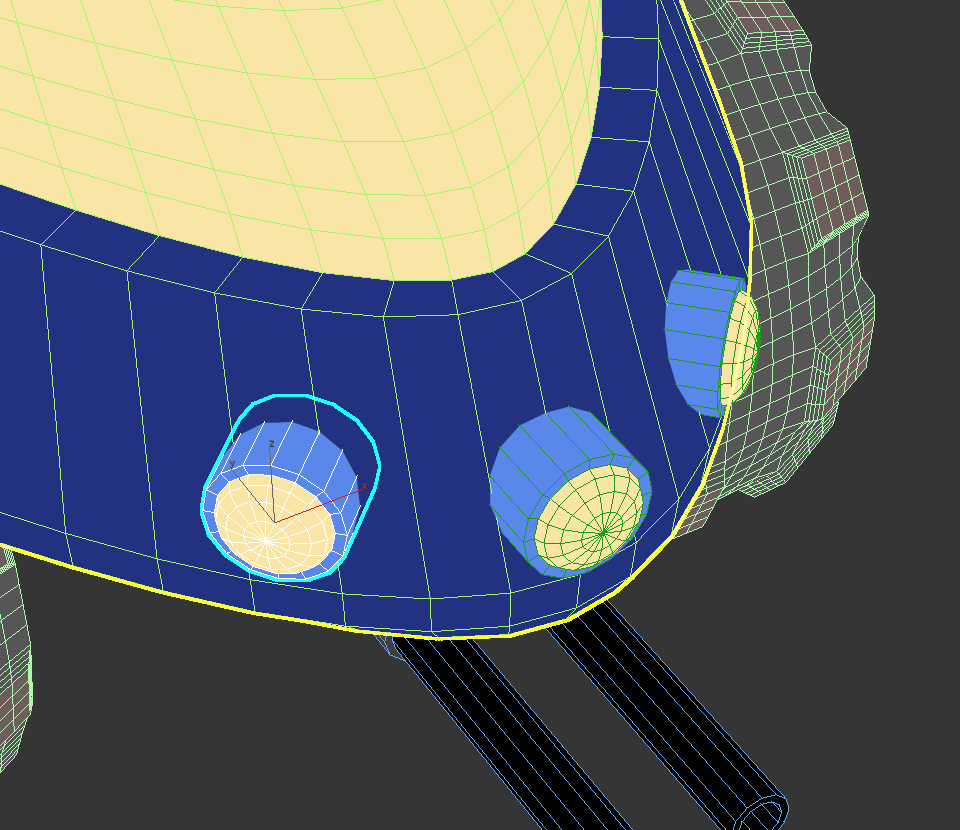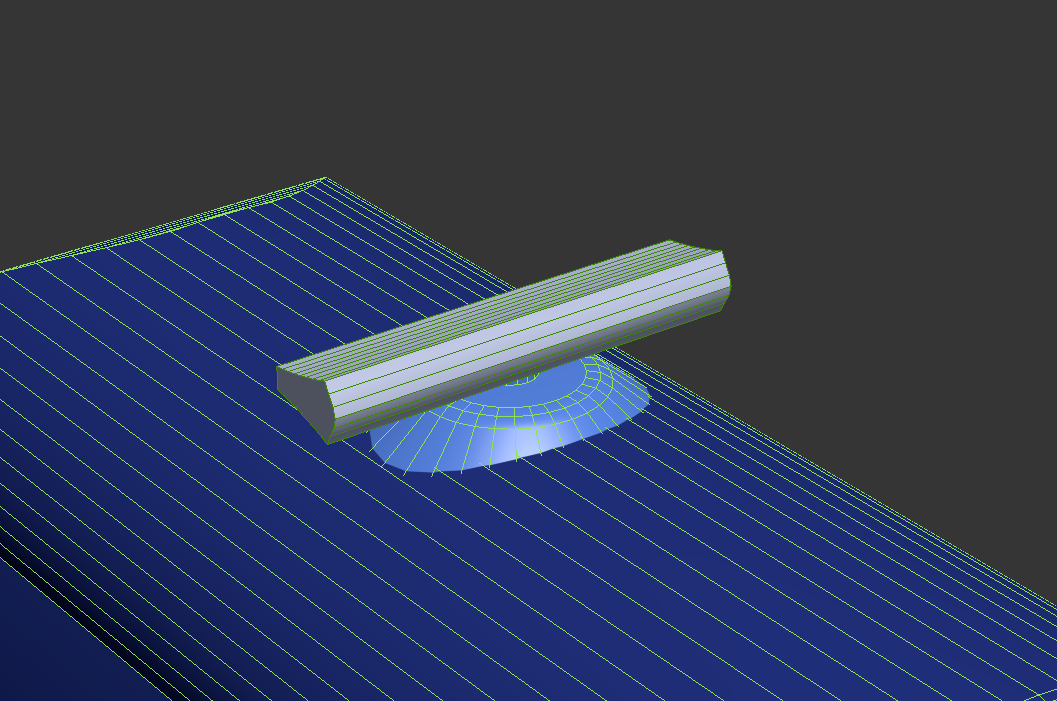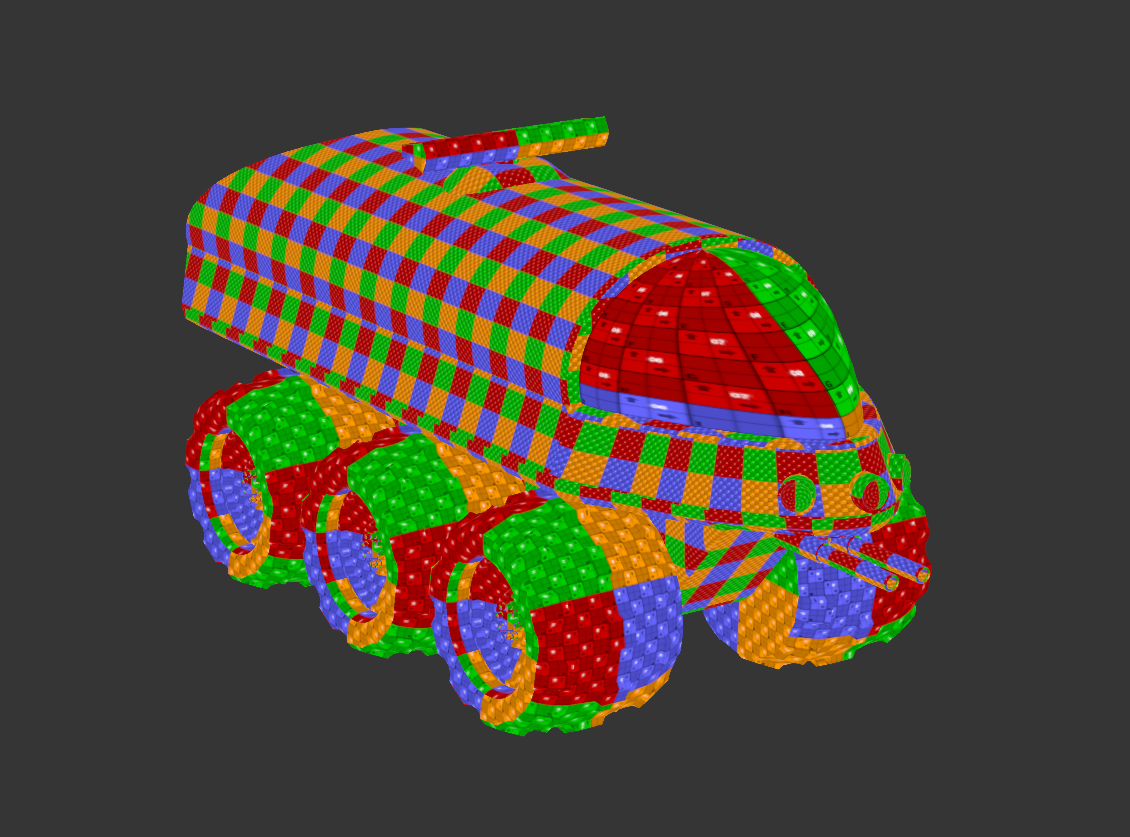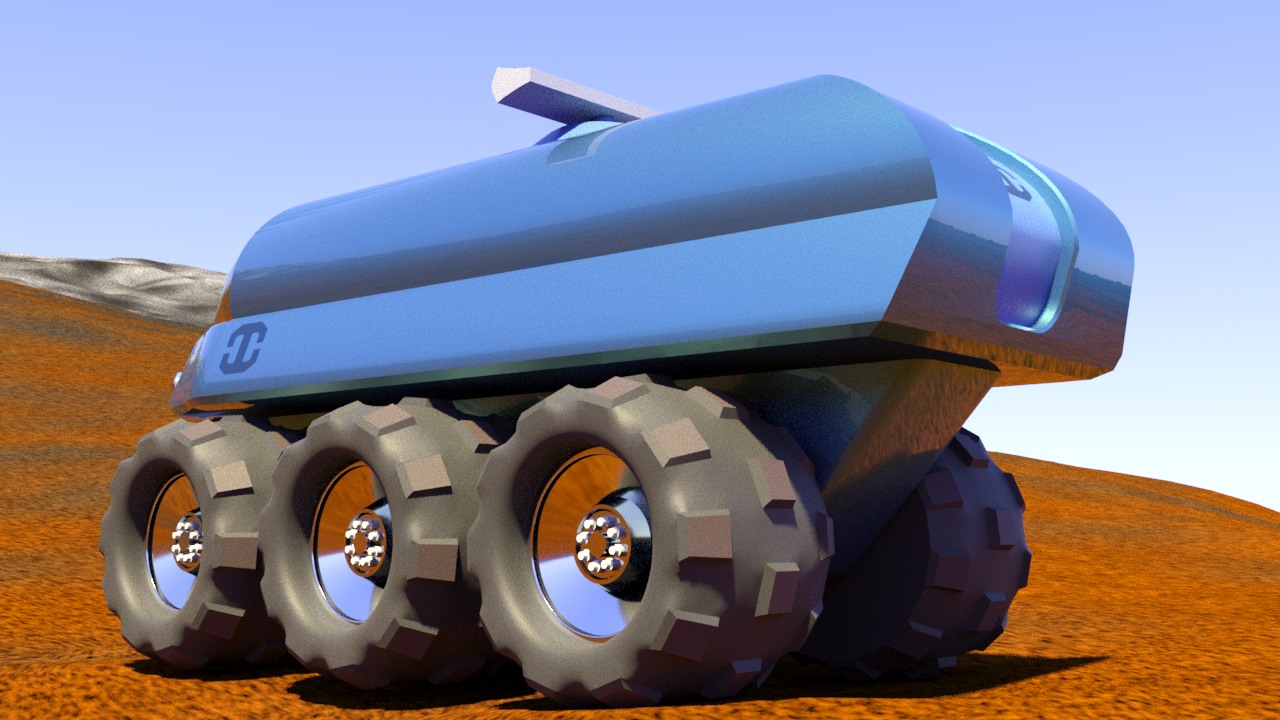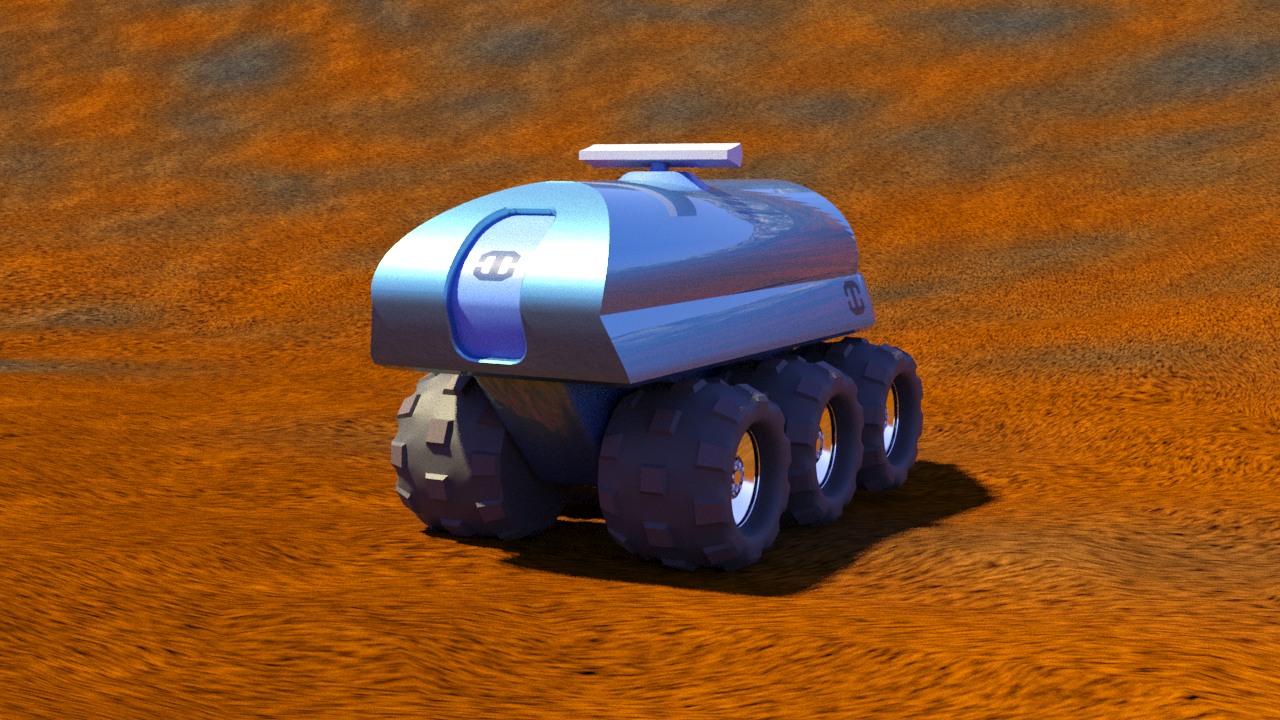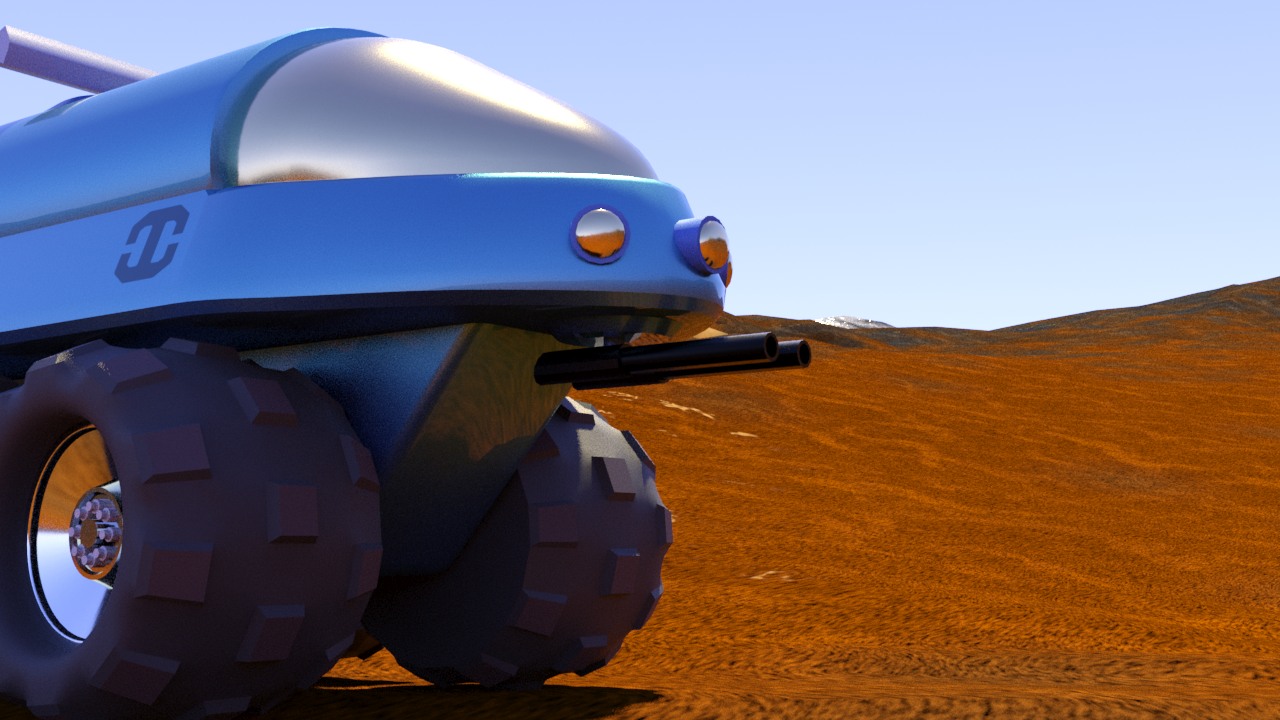Terrain Vehicle Mechanics
The most epic terrain vehicle journey ever. That’s what this is. Basically, I implemented simple controls for moving the terrain vehicle and then worked on the mechanics of how the wheels move. The wheels display suspension and steering and acceleration. The body of the terrain vehicle adjusts accordingly to the angles between the center of the T.V. and the front and rear wheels.
I took an approximately 15-minute video of a nice “stroll” through the planet in the first orbit in the Arth star system. I start out at the higher elevations where there are mountains and snow and ice. Then I meander down towards the valley where there are canyons. Then I head towards the beach where there’s beautiful water glistening with wind-blown waves. I then drive around the lake and head up into some more mountains. I then shed a tear because it was all so beautiful.
The video does show one unexpected oddity – the T.V. itself drives on water at the correct height, but the rendered terrain drops below the T.V. according to the sea bed height. Oops. I know what went wrong, but I thought it was kind of funny to see the T.V. shadow “run away” from as you drive over water.
Microwave up some popcorn and enjoy this video!
P.S. Ignore the UI – none of the UI for the planetary disembarkment has been done, it’s just displaying the normal in-space UI. Also, the “popping” that you can see in the distance sometimes is something that will be fixed.

